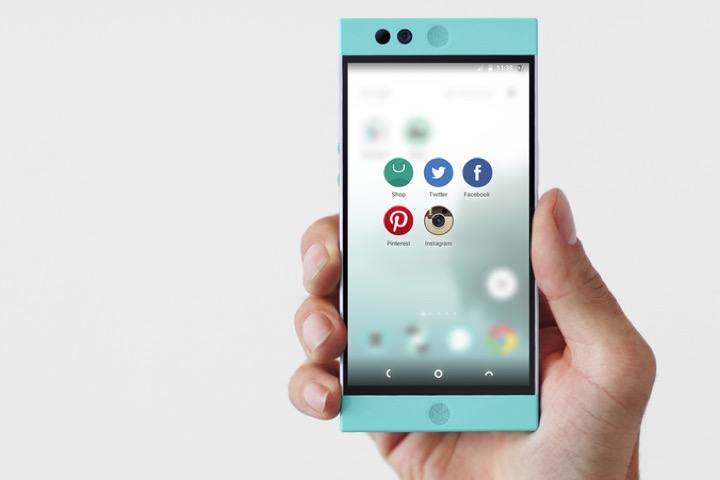
The Nextbit Robin will soon receive a major software update. The headlining new feature is “smart storage for videos,” a feature which automatically uploads clips to the cloud when local storage is running low, but security patches are in tow, too. It’s set to roll out to beta testers in July, and, assuming all goes well, to the broader Robin community in August.
Nextbit, founded by former head of Android business development Tom Moss and former head of Android power management Mike Chan, set up shop three years ago to free people from the current limits of today’s mobile technology. This ambition culminated in the Nextbit Robin, a new mid-range Android smartphone with a difference.
What sets the Robin apart from other smartphones is its ability to take apps, photos, and all other forms of media and store them automatically in the cloud. Nextbit in particular is capable of moving apps that haven’t been used, freeing up space that can be used to download more apps, store more music, and take more photos.

Using the latest version of Android, Nextbit has created a program that automatically makes space for more media and apps. On top of the 32GB of on-board storage, it has 100GB of cloud storage where all of the inactive apps, photos, and videos are stored. When you want to use an app again, you tap on it, let it download, and tee it up.
That pitch won over enough people who were willing to pay $350 on Kickstarter, despite there being no previous smartphone launches under the company’s name. The phone began shipping to backers in February, and is now available for $400 on the company’s site. The startup added another $100,000 to the amount raised through pre-order sales on its new site, which includes all first-party accessories.
The chief product and design officer is Scott Croyle, who was responsible for overseeing the design of the HTC Evo, One M7, and One M8. Croyle crafted the Nextbit Robin. The full-HD 5.2-inch polycarbonate phone, also available in Mint or Midnight, stands out notably in the stale land of black, silver, and gold metallic smartphones. Two front-facing circular speakers sit on the top and bottom of the device, alongside a 5MP camera with LED flash. On the back is a 13MP camera with dual-tone flash and a cloud icon with four lights to tell users when they’re connected to the cloud.
On the order page, Croyle has also designed the Scratches Case, Bumps Case, and Bruises Case. A quick charger, screen protector, vinyl mascot, and the smartphone are also available.
The custom Nextbit ROM can be switched out for any open-source ROM, like Cyanogen or stock Android, without voiding the warranty. Nextbit promises it has not added any third-party apps to the smartphone. It wants to make this a truly open smartphone, with an unlocked Nextbit SIM card that can be switched at any time.

Power management is another core area on which Nextbit has focused, fitting a 2680mAh battery inside. Other specs include Qualcomm’s hexa-core Snapdragon 808, 3GB of RAM, NFC, USB Type-C, a fingerprint sensor, Bluetooth 4.0, Wi-Fi, and LTE. It is surprising that Nextbit announced specs in September of 2015 considering that Qualcomm launched the Snapdragon 820, a more powerful and well-optimized processor, earlier that year. Time and budget constraints presumably played a part.
Even without cutting-edge silicon, though, the Robin is a serious competitor in the “under $400” market — one of the most competitive among Android manufacturers at the moment.
Available at: Amazon
Article originally published in January 2016. Updated on 07-28-2016 by Kyle Wiggers: Added news of “ember red” model availability and pricing.
Julian Chokkattu, Naomi Vo, and Robert Nazarian all contributed to this report.


